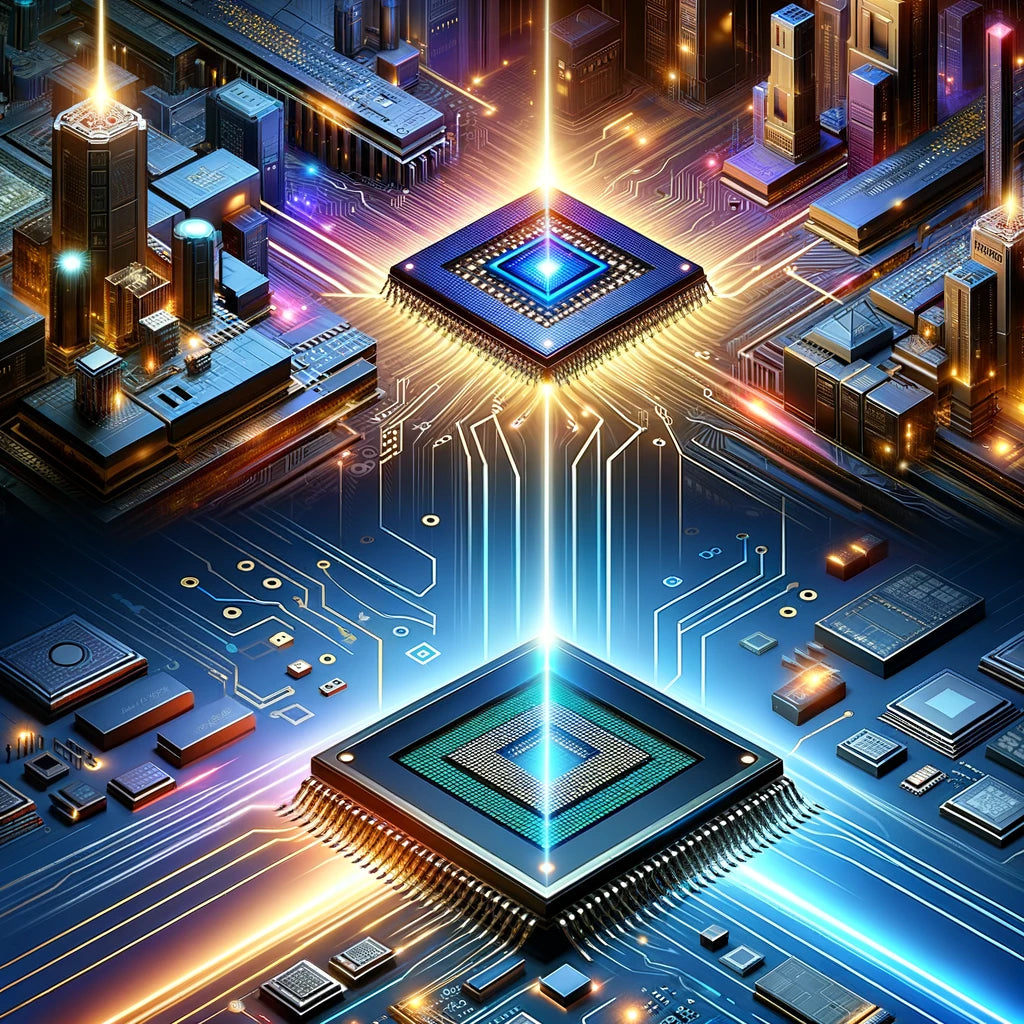Understanding the Evolution of Chipsets
In the tech industry, especially within companies like us at Logics Technology, there's always a race to achieve more efficient, powerful, and smaller chipsets. As we look ahead to 2024, the discussion often centers around the comparison between 10nm and 7nm chipsets. These terms might seem a bit complex, but they are crucial for us to understand how technology is advancing and how these advancements affect the devices we use every day.
The Basics of Nanometer Technology
First, it's important to understand what nm stands for. Nm means nanometer, which is a unit of measurement equal to one-billionth of a meter. In the context of chipsets, it refers to the size of the transistors that are placed on a chip. The smaller the transistor, the more you can fit on a chip, leading to more powerful and efficient devices. So, when we talk about moving from 10nm to 7nm chipsets, we're discussing a significant leap in the ability to pack more technology into a smaller space.
Performance Improvements
One of the key benefits of moving from 10nm to 7nm chipsets is the improvement in performance. With smaller transistors, chips can operate more quickly and efficiently. This means that devices with 7nm chips can potentially run faster and smoother applications, process tasks more quickly, and even use artificial intelligence more effectively than those with 10nm chips. For businesses and consumers alike, this translates to better performing devices that can handle more complex tasks without slowing down.
Energy Efficiency
Another significant benefit of smaller chipsets is the improvement in energy efficiency. Smaller transistors require less power to operate, which means that devices using 7nm chipsets tend to have longer battery life than those using 10nm chips. This is especially important for mobile devices like smartphones, tablets, and laptops, offering users the ability to do more on their devices without constantly worrying about finding the next power source.
Cost Implications
While the benefits of 7nm chipsets are clear, it's also important to note that the production of these advanced chips is more complex and, as a result, more expensive. This means that devices equipped with 7nm chipsets may initially come with a higher price tag compared to those with 10nm chipsets. However, as the technology matures and becomes more widely adopted, we expect these costs to decrease over time.
Future of Device Capabilities
The advancement from 10nm to 7nm chipsets is not just a simple step; it's part of the ongoing evolution in technology that enables new and exciting capabilities for devices. With 7nm chips, we're looking at the potential for more powerful artificial intelligence, enhanced virtual reality experiences, and even the development of new, unforeseen technologies. For us at Logics Technology, staying at the forefront of these advancements is vital, as it allows us to continue providing innovative solutions for our customers.
Conclusion
As we move into 2024, the shift from 10nm to 7nm chipsets represents a significant milestone in the development of more efficient, powerful, and capable technology. While there are challenges, particularly in terms of production costs, the benefits of improved performance and energy efficiency are clear. For companies like Logics Technology, understanding and embracing these advancements is key to delivering the cutting-edge products and solutions our customers expect. As technology continues to evolve, we're excited to see what new possibilities these smaller, more powerful chipsets will unlock.
Shop Logics Technology
